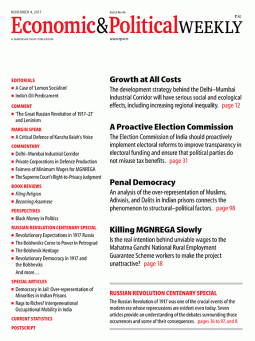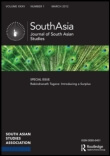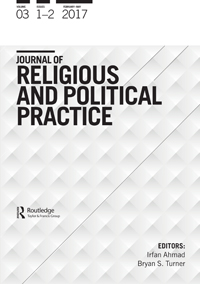Abstract: This essay addresses two not-so-new questions key to the foundational moments of (post)colonial South Asia. What led to India’s Partition? And how did Partition happen? In the first part of this essay—contra the doxa that religion/Muslim communalism led to Partition—I aver that the then-dominant political theory was primarily responsible for Partition. Building on Zygmunt Bauman’s ideas of humans as waste (i.e. wasted humans), dirt or outcast, my contention is that, in significant ways, Partition was a monumental drama (preceded by a series of non-linear acts over the longue duree) of colonial-nationalist modernity, which sought to secure riddance of that which it christened as ‘outcast’; it was the gory manifestation of the dominant theory and practice of Indian nationalism to design a hygienic, orderly home believed to have been contaminated with a threatening outcast—the Muslim ‘Other’. At the centre of the making of the figure of the outcast was the failure of political theory to genuinely and institutionally address the question of difference—the ‘Muslim question’. Central to this essay is my own argument—the books under review make no such contention—that Partition may be understood better as an expression of Indian modernity, which manufactured the figure of the outcast only to get rid of it. This argument, which will become more evident as the essay progresses, critiques the prevalent theories of Partition and invites us to rethink the whole issue. In short, it is a call against the nationalised (also naturalised) conviction, which, to Milan Kundera, ‘is a thought that has come to a stop’. My aim, following Kundera, is ‘to set thought moving’. By discussing Partition’s consequences in the second part, I argue that it was not a solution to, but an escape from, the Muslim question. So, Partition survives its occurrence in many guises: now visible, now invisible.

“Democracy in Jail: Over-representation of Minorities in Indian Prisons.” EPW. 52(44): 98-106.
Ahmad, Irfan and Zakaria Siddiqui. 2017. “Democracy in Jail: Over-representation of Minorities in Indian Prisons.” EPW. 52(44): 98-106. Based on data from the Prison Statistics



